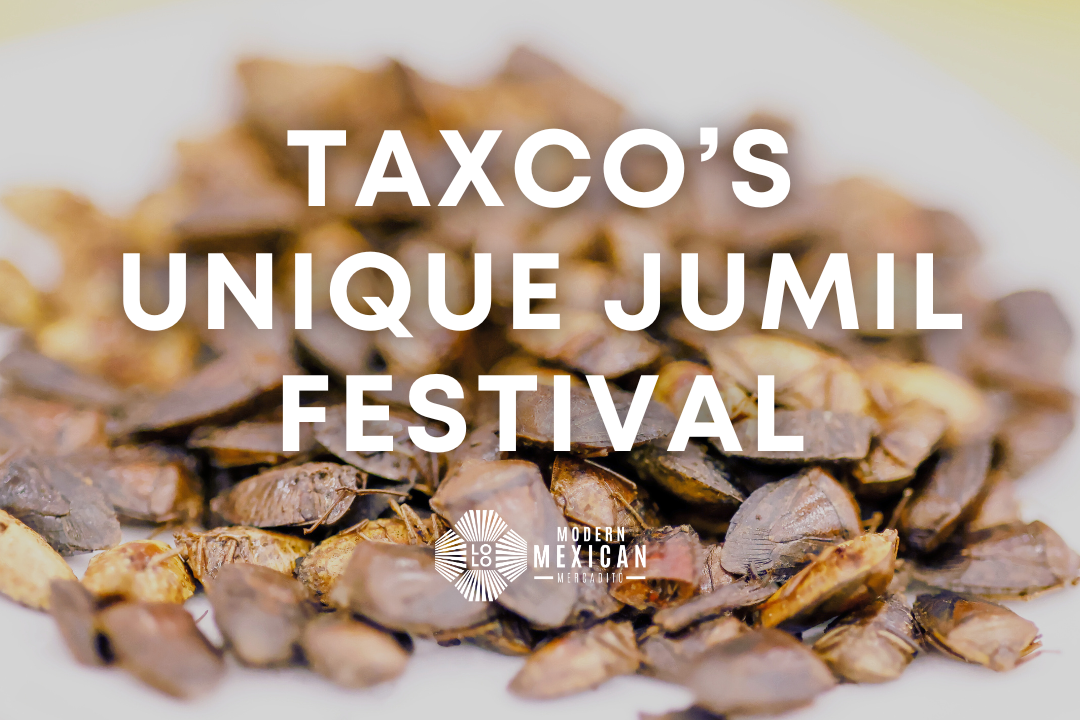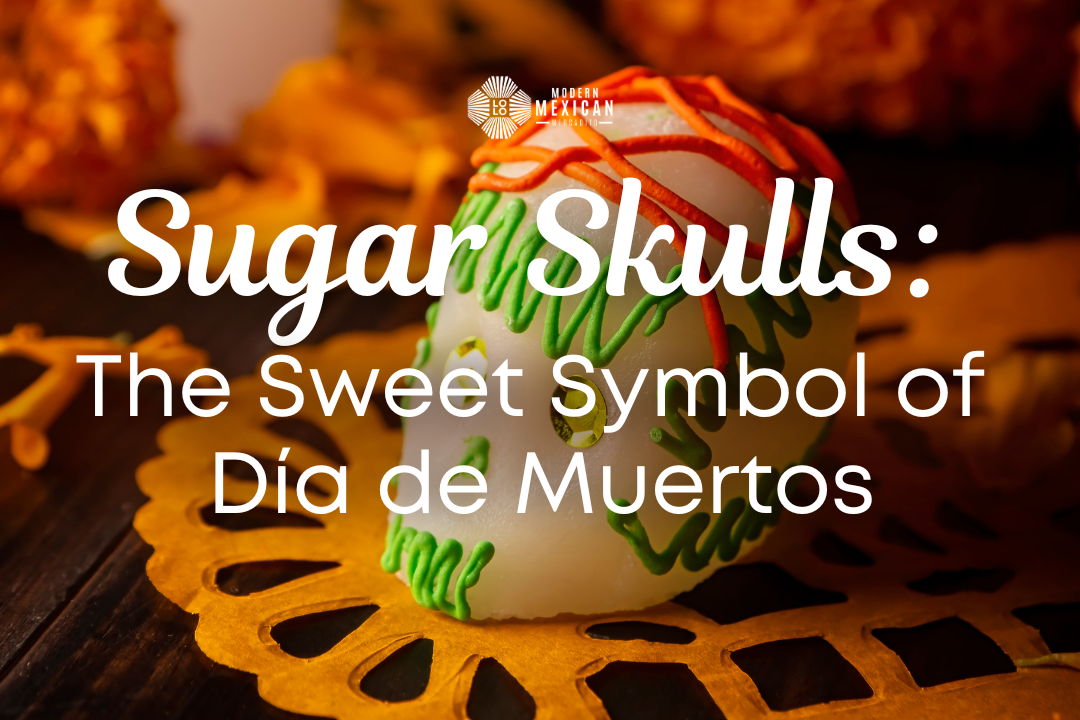Have you ever heard of Pancho Villa or seen the famous adelitas carrying their guns right next to their beautiful braids? Well, these revolutionary images of Mexican culture come from an important episode in Mexican history known as The Mexican Revolution and, today, we would like to share with you a brief summary of the important date that is celebrated on this day.
The Mexican Revolution is one of the most important episodes in the history of Mexico and, similar to being taught about the Civil War in the US from elementary school, Mexicans are taught that November 20th, 1910 is a very important day in the history of the country. Here in the US, some might know that this day celebrates a holiday in Mexico, but it can be confusing to know exactly what is celebrated. We believe Mexican history, particularly those of insurrections, besides being highly interesting and rich in detail, serves to reflect on some cultural characteristic of this country. So, join us today as we address this short but important chapter in Mexican history!
On November 20th, the anniversary of the beginning of the Mexican Revolution is celebrated, one of the movements that forever marked the course of Mexico and that modified the political structure, one that previously allowed Porfirio Díaz to remain in power for more than 30 years. In Mexico, this holiday is celebrated with a more nationalistic and patriotic approach (compared to Independence Day celebrations), emphasizing the struggles of the lower classes and the rich history of Mexican insurrections.
The causes of the Mexican Revolution are multiple and very complex. If we attempted to summarize them we could say that Mexico of the 20th century was governed by an economic elite, dominated by landowners and foreign capital owners, which created great injustices and inequalities, and a growing discontent among citizens. This economic crisis highly discredited the presidential image of Porfirio Diaz who, since he came to the presidency in 1876, had been reelected seven times, making his mandate a considered dictatorship.
The communal properties, known as "ejidos", had been made parcelable, and many of their former owners—mostly indigenous—were swindled or dispossessed of their properties and were forced to work as laborers under exploitable conditions. At the beginning of the 20th century, Díaz allowed the exploitation of Mexican oil by foreign companies, such as Standard Oil. In 1907, an international economic crisis reduced the income of foreign companies operating in Mexico, causing further unemployment and lower wages. Finally, between 1908 and 1909, a terrible drought reduced corn harvests, which seriously impacted the diet of the most vulnerable minorities and access to basic food needs.
For all the reasons above, Porfirio Díaz’s government had lost the support of the people, who became vocal about their discontent and who challenged his long mandate. In this discontent, there were multiple indigenous and peasant rebellions, as well as worker strikes that were repressed by military forces.
Among the many politicians and intellectuals who opposed the Díaz government, a northerner intellectual and landowner named Francisco I. Madero stood out, who in 1908 published a transcendental book: The Presidential Succession in 1910, in which he criticized Díaz's mandate and demanded clean and democratic elections. As a result of the publication of Madero’s book, the political scene became polarized and divided between those who supported a new reelection of Díaz, who ran for the presidency again, and those who opposed the reelection, led by Madero. In the June 1910 elections, Díaz was eventually re-elected after having Madero imprisoned in San Luis Potosí, on charges of rebellion. After escaping from his captors, on October 6, 1910 from the city of San Antonio, Texas, Madero launched the document that gave rise to the Revolution: the Plan of San Luis. In the Plan of San Luis —which appeared dated October 5, 1910 in the state of San Luis Potosí—Madero declared void the elections of that year, recognized himself as provisional president and Head of the Revolution, and insisted on social demands for the indigenous people and the workers of Mexico.
In the Plan de San Luis document, Madero summoned the Mexican people to rise up in arms against Diaz’s government, pointing out November 20, 1910 as the date of the beginning of this popular uprising of arms that lasted 10 years, from 1910 to 1920. This first phase of the Mexican revolution ended with Díaz seeking exile in Paris, France, and Madero winning democratic elections in 1911. These events marked by history are, however, followed by two more phases of the Mexican revolution: highlighting the armed and social revolutions of Emiliano Zapata and Pancho Villa against Victoriano Huerta.
From these same military confrontations emerged the famous Adelitas, present mostly in the north of Mexico, but equally important throughout the entire country. Adelita is a soldadera, or woman soldier, who not only cooked and cared for the wounded but also actually fought in battles against Mexican government forces. In time the word Adelita became a term used for all the soldaderas, who became a vital force in the revolutionary war efforts. Lastly, other typical cultural elements that emerged from the Mexican Independence
The consequences of this social movement would last for many years and would shape the Mexico of our days. The culmination of this important armed revolution ended with the drafting of the Mexican Constitution of 1917, recognized for having been a social liberal constitution and the first of its kind in the world that still governs Mexico today. The constitution guaranteed liberal and social reforms and rights for civil, political, and agricultural legislature.
Nowadays, the Day of the Mexican Revolution is a public federal holiday in Mexico that has a more solemn celebration compared to that of September 15th (Mexican Independence Day), or Día de Muertos (November 1st-2nd). During this celebration national parades are held, honors are made to the flag, music groups and sports demonstrations are presented, among other things. The purpose of these acts is to remind the new generations of the spirit of the revolution and contribute to creating a patriotic national identity. Previously, this holiday was celebrated on November 20, regardless of the day it fell. Today the third Monday in November is considered the official day to commemorate the revolution, making this an official holiday where banks, schools, and government offices are closed.
So, what do you think? Was this something that you knew before? Were you familiar with any of these famous historical figures? Would you like to learn more about chapters in Mexican history? We would love to hear form you!
Don't forget to subscribe to our newsletter where we make sure to share this and many more cultural and historical content, and make sure to give our familia of subscribers exclusive promotions, gifts, first-hand look at all new products and, of course, these articles that we love to write for you all!









1 comment
Bridget McKenna
I really enjoyed the history I learned reading this blog post. ¡Muchisimas gracias!